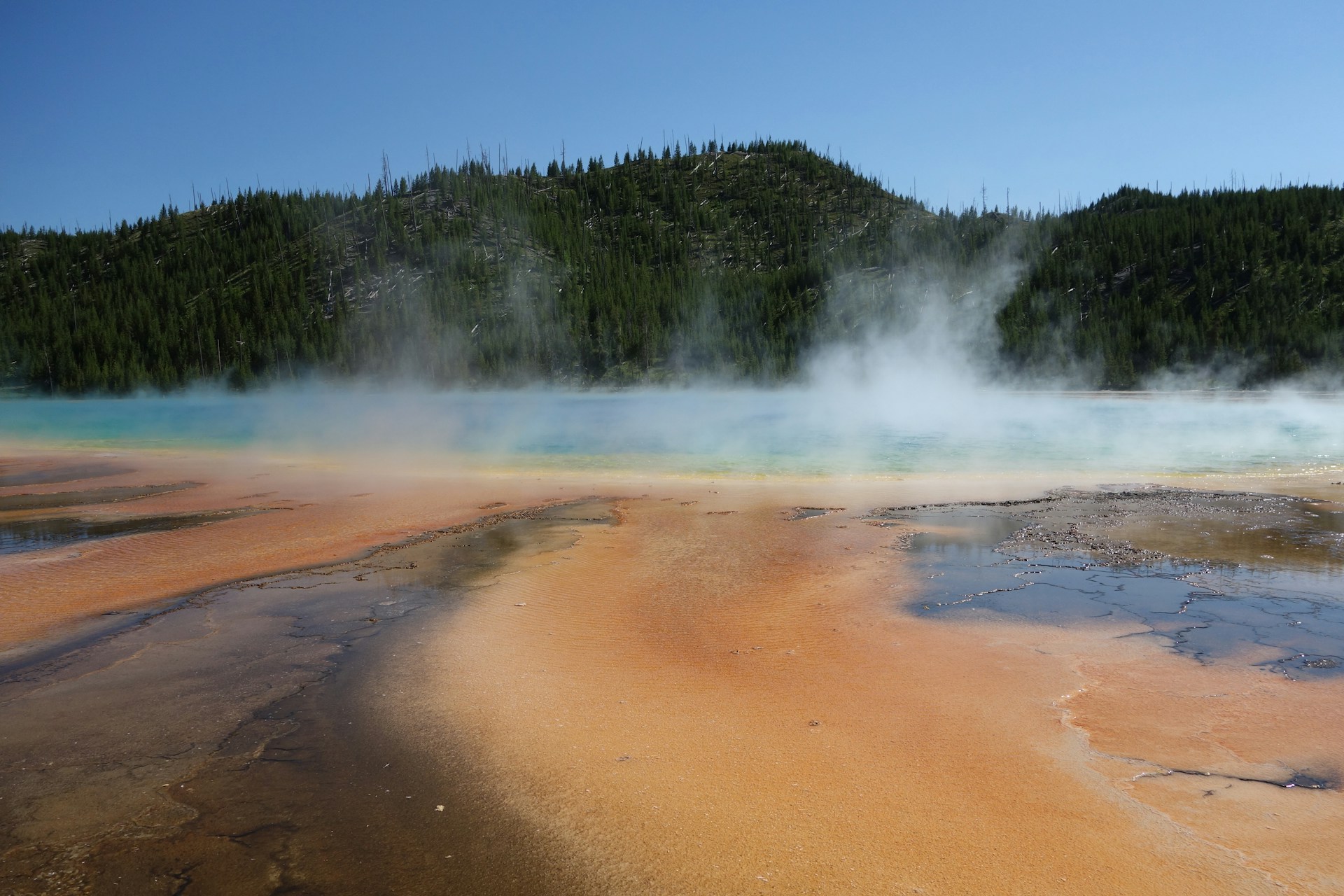Starting next January, international visitors planning to hike the Grand Canyon, explore Yellowstone, or visit the Rocky Mountains will face significantly higher costs. In a move aligned with the administration’s “America First” doctrine, the Department of the Interior and the National Park Service have announced a restructuring of entry fees that heavily impacts foreign tourists. The changes are designed to ensure that U.S. citizens retain affordable access while shifting a larger financial burden onto international travelers visiting the country’s most iconic landscapes.
New Surcharges for Popular Destinations
Under the new guidelines, foreign tourists aged 16 and older will be subject to a mandatory extra fee of $100 per person when visiting any of the 11 most popular national parks. This list includes high-traffic destinations such as Yosemite in California and the Everglades in Florida. Currently, the standard entrance fee averages about $35 per vehicle, but the new surcharge is an additional cost on top of base admission. While children are exempt from this specific hike, families with teenagers and adult groups traveling from abroad will see a sharp increase in their travel expenses.
Pricing Disparity Between Locals and Visitors
The administration is also overhauling the annual pass system. Foreign visitors can opt to purchase a new annual pass for $250, which a Department of the Interior spokesperson clarified would cover all passengers in a single private vehicle. However, this option provides no relief for those arriving by bus or on foot, who must still pay the $100 fee per person. In contrast, the price of an annual pass for U.S. citizens and permanent residents remains unchanged at $80—a rate that was previously available to international guests as well.
Rationale and Budgetary Context
Officials state that these price hikes implement a decree signed by President Donald Trump in July, aimed at prioritizing American interests. Interior Secretary Doug Burgum explained that the measures are intended to secure low-cost access for U.S. taxpayers while ensuring that international visitors contribute a “fair share” toward park maintenance and preservation for future generations. The revenue is earmarked for conservation efforts, yet the announcement comes amid conflicting financial signals; the administration has recently unveiled plans to cut the National Park Service’s budget by more than a third for the upcoming fiscal year. This financial restructuring occurs as the park system faces unprecedented pressure, having logged a record-breaking 331 million visitors in 2024.





